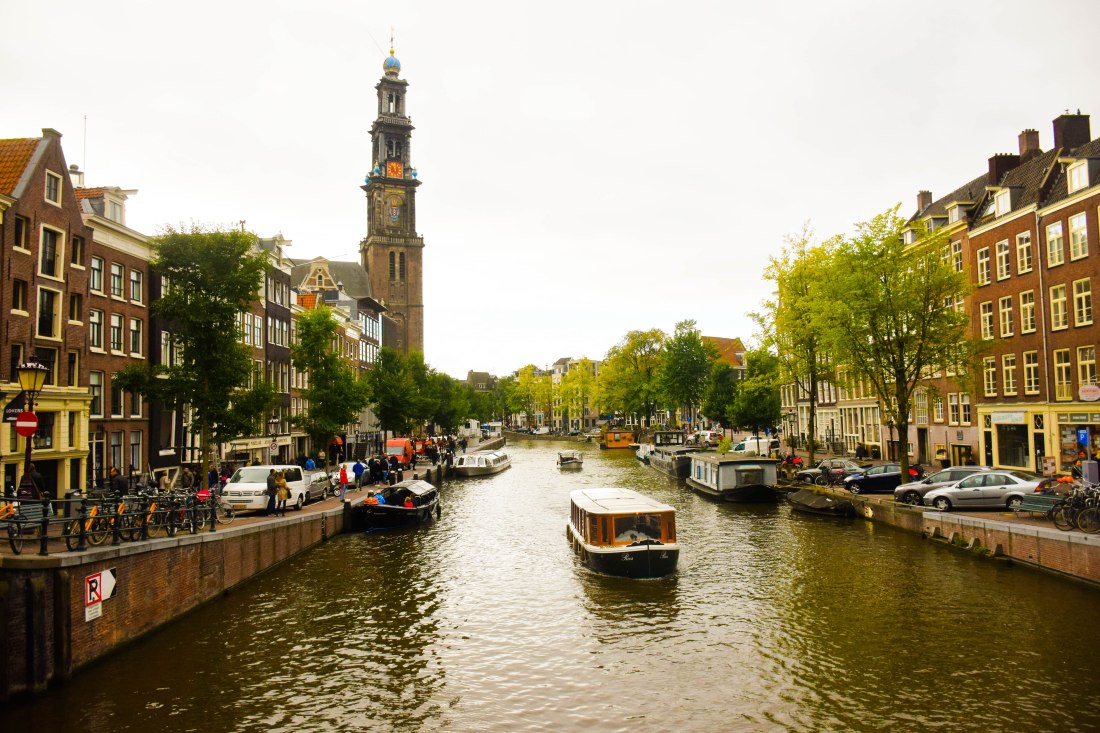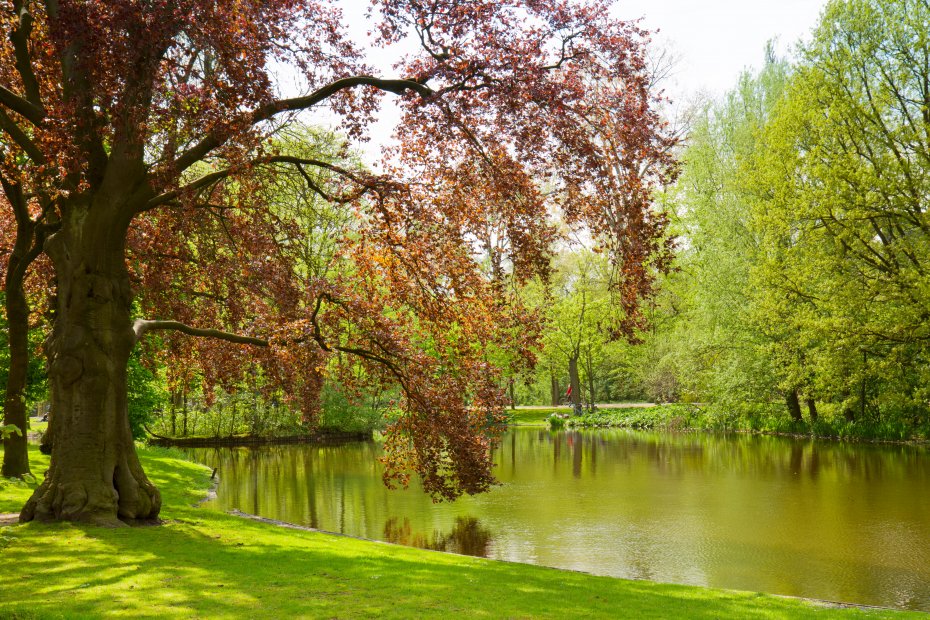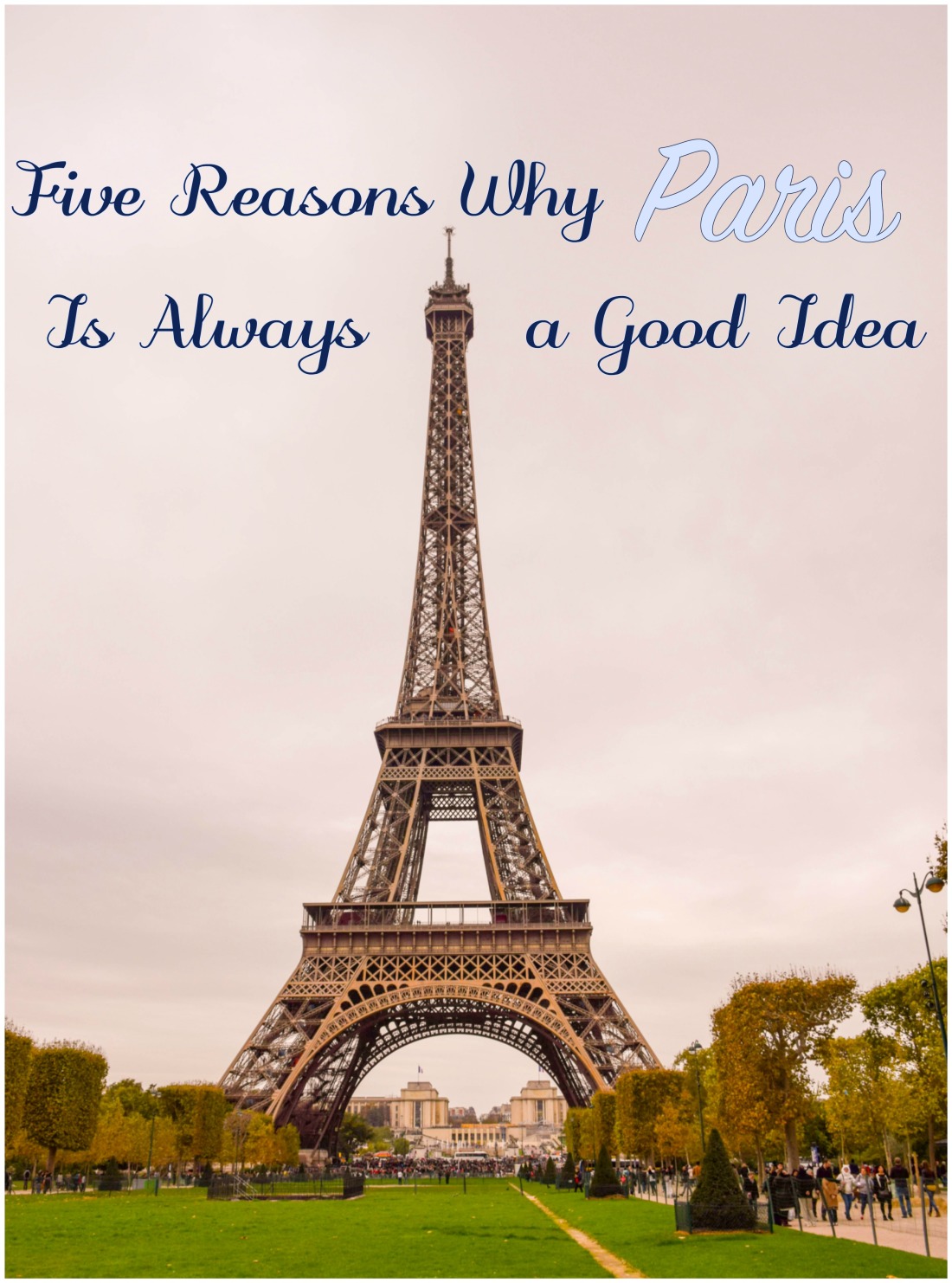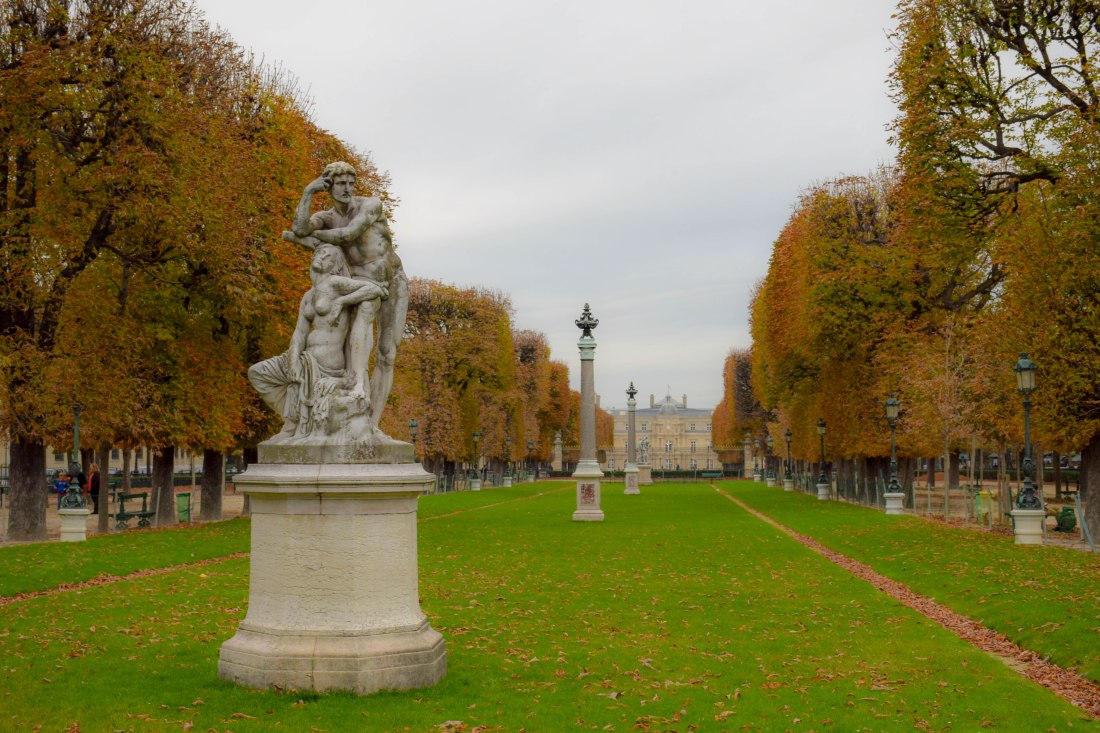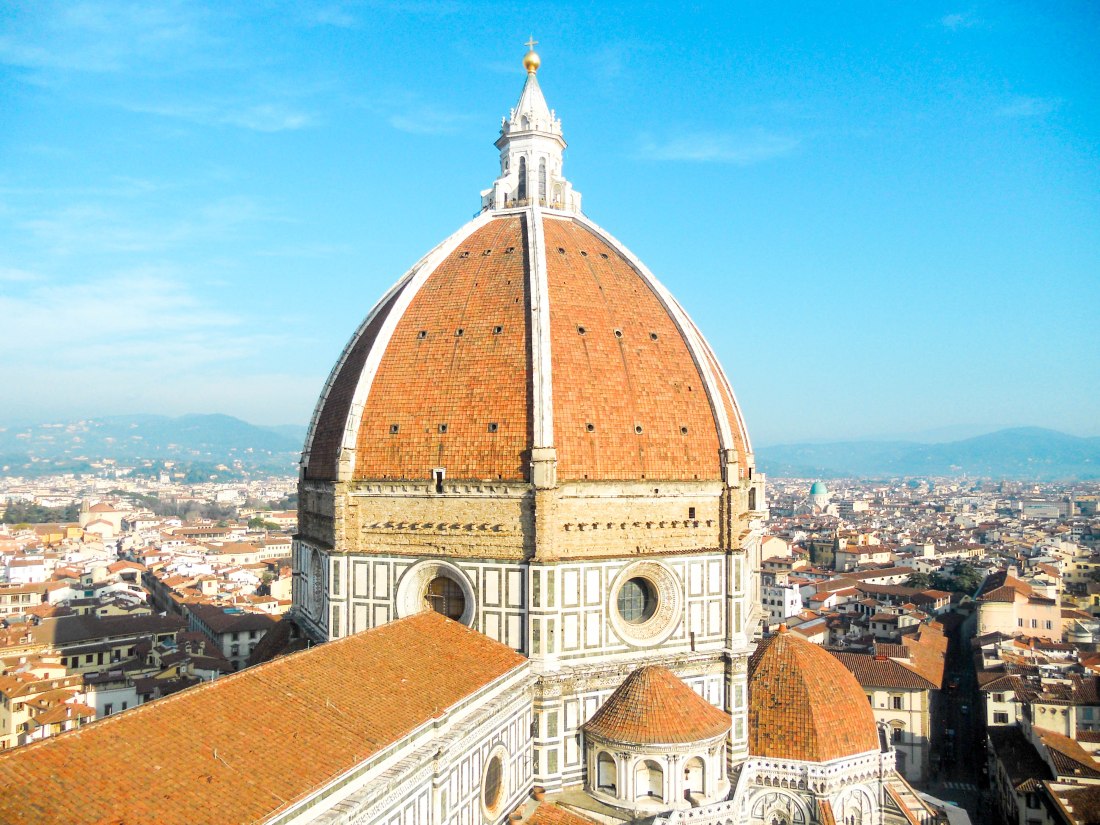Oh hey there! It’s been awhile, hasn’t it? First was our three-week trip to England, then we had to get settled and get the house in order (laundry, grocery shopping, etc.), then life just got in the way. I went back to work full time, the toddler is cutting his molars (send allllll the children’s Motrin, please), our freezer broke (twice), the garden needed some serious weeding and general upkeep, and a million other little things happened that kept me away from the blog. Oh, and someone made fake checks and stole a bunch of money from our bank account!
But thanks in large part to a superhero husband and a baby who miraculously took a three-hour nap on both days this weekend, I was able to sit down with my travel notes and organize them into a coherent and hopefully helpful blog post!
Our three-week trip to England last month was the first international trip we took with our toddler, who was 15-months old at the time. Even though I did an absurd amount of Googling “truth about traveling with a toddler” before we went, I was still surprised by a lot of different aspects of our trip. Some things went as I expected, and some things didn’t. Here’s my list of the five biggest surprises we encountered on our trip.

1. The trip was both easier and harder than I thought it would be.
As is so often the case with children, the things I spent countless hours agonizing about weren’t the things that gave us any trouble at all. Before our trip, I spent so much time worrying that on the flight over, the baby would be up all night shrieking uncontrollably, while in reality, he took about an hour after they dimmed the cabin lights to settle down, then slept the rest of the flight in the bassinet. On the return flight, when I assumed he would again fall asleep in the bassinet, he wanted no part of it. We tried unsuccessfully to get him to sleep before giving up and accepting that we would be entertaining a wriggly toddler for the entire ten hour flight.
Another thing that I was worried about on the trip was getting our son to sleep in unfamiliar cribs in unknown rooms, but he slept like a champ, with only one rough night and a few early-morning wake-ups. I was, however, unprepared for how early we would be confined to our rental apartment each night due to my son’s 7pm bedtime. On prior trips pre-baby, my husband and I have always tried to save money on lodging by not booking the fanciest place, since we wouldn’t really be spending that much time there. On this trip, though, I probably should have upgraded a little bit, since we were in our rental apartments for a significant chunk of the day (during the baby’s daytime nap and in the evening after he went to bed). It’s not like we stayed in trashy places, but on the next trip I will probably splurge a bit more on our accommodation to help it feel like a more relaxing vacation.

2. People were much nicer than I expected.
On multiple occasions, people went out of their way to help us in ways that might have seemed small in isolation, but really added up. From the absolute saint who sat next to us on the airplane (sandwiched in between us and another family with a baby), to the kind people who played peekaboo with my son on long train rides, to the countless Londoners who gave up their seats on the Tube for us, to the Heathrow customs agent who pulled us out of an extremely long line and bumped us right up to the front, we encountered far more goodnatured people than I expected during our trip.
Whether it was because we looked so ragged that people immediately had sympathy for our plight, or because being a parent grants you access to a world-wide fraternity of people who understand and are willing to help, or because babies simply bring out the best in people, I’m not sure. But it was pretty marvelous to experience and did wonders for my (often limited) faith in humanity.

3. Public transit was borderline inconvenient.
Having been to London several times in our childless youth, my husband and I were used to zipping around the city effortlessly on the clean and efficient Tube. The location of our hotel or apartment was not of grave importance, as long as it was close to a Tube stop, and we could save money by staying a little bit outside of the tourist core. A 20 minute Tube ride was no problem for us; we simply brought along a book and read, just like all the other Londoners commuting to work.
A 20 minute Tube ride with a toddler though? Not exactly relaxing. Even short rides could be incredibly problematic. First, there’s the hassle of getting to the Tube platform. In London, elevators are not nearly as common as they are in America, so getting a stroller and a toddler down to board the Tube required taking the toddler out of his stroller, folding the stroller up, and carrying baby and stroller down an escalator. The Tube is also frequently crowded, even outside of peak rush-hour times. While Londoners were incredibly courteous and always gave up their seats for us, my squirmy toddler wasn’t particularly keen on sitting still, and keeping a toddler entertained and confined to a small space was difficult. Add to that a hot, stuffy environment (Tube cars do not have air conditioning), and a lot of loud noises, and it’s safe to say that our toddler was not a fan.
Our toddler liked buses better (he could look out the window and there was much better ventilation and airflow), but bus routes aren’t as direct or convenient, they make frequent stops, and are subject to that horrible London traffic. We used buses for short trips, but we certainly missed the pre-baby days when we could hop on the Tube and travel anywhere in the city worry-free.

4. A stroller was more of a hassle than a help.
As I mentioned above, having to take a stroller on the Tube was a huge inconvenience, but we also found that overall, a stroller was more trouble than it was worth in the big cities. From museums, to churches, to guided city tours, to outdoor markets, we quickly learned that our preferred method of toddler-transportation was our Líllé Baby All Seasons carrier. With the exception of trips to the park or walks around our neighborhood, we used our baby carrier rather than our stroller for most of our vacation. While it wasn’t the perfect solution (carrying him for too long made by back sore and having him strapped to my chest on warm days made both of us sweat), we felt it was better than the stroller because of the increased mobility.

5. Proximity to a park was very important.
Our toddler, like most toddlers, is a complete and total wiggle-worm who can’t stand to sit still. He’s not yet walking on his own, but he still needs time every day to crawl around, explore, and burn off his energy. As you can imagine, keeping a toddler occupied in a non-baby-proofed house requires a lot of diligence to keep him from breaking something or hurting himself, so on this vacation, we spent a lot of time in parks. There he could crawl around, watch big kids chase after pigeons, and spend his energy without mom or dad constantly worrying he’d knock over a lamp or stick his finger in an electrical socket.
Fortunately, one of my friends had given me some advice before I planned our trip, and when I booked our rental apartments, I chose places that were a quick walk from a park. Though, at the time, I didn’t think it would be that big of a deal either way. I was completely wrong. For us, having a park nearby was not only nice, it was crucial. Toddlers simply aren’t meant to spend all day in a stroller or baby carrier, and ours would have been a grumpy mess if we hadn’t made sure to give him time each day to play outside and burn off his energy. Having access to nearby outdoor space and playgrounds helped keep everybody happy, and even gave mom and dad time to relax.
Our first international trip with our toddler was certainly an adventure! Some things went exactly as I expected, while others were a complete surprise. And while my husband and I agree that traveling with a toddler is certainly different from traveling with just the two of us, we loved showing our baby a different culture and we’re already planning our next trip. What has been your biggest surprise while traveling, either with kids or on your own?



